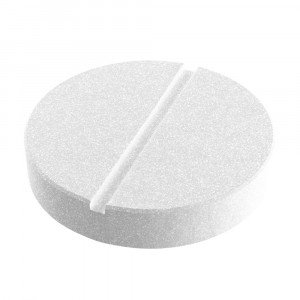 Welcome
Welcome
“May all be happy, may all be healed, may all be at peace and may no one ever suffer."
- A
- B
- C
- D
- E
- F
- G
- H
- I
- J
- K
- L
- M
- N
- O
- P
- Q
- R
- S
- T
- U
- V
- W
- X
- Y
- Z
Pioglitazone + Glimepiride - Brands
Pioglitazone & Glimepiride combines two antihyperglycemic agents with different mechanisms of action to improve glycemic control in patients with type 2 diabetes: Pioglitazone, a member of the thiazolidinedione class, and Glimepiride, a member of the sulfonylurea class.
Pioglitazone is an insulin-sensitizing agent that acts primarily by enhancing peripheral glucose utilization. It depends on the presence of insulin for its mechanism of action. Pioglitazone decreases insulin resistance in the periphery and in the liver resulting in increased insulin dependent glucose disposal and decreased hepatic glucose output. Pioglitazone is a potent and highly selective agonist for peroxisome proliferator-activated receptor-gamma (PPARγ). Activation of PPARγ nuclear receptors modulates the transcription of a number of insulin responsive genes involved in the control of glucose and lipid metabolism.
The primary mechanism of action of Glimepiride in lowering blood glucose appears to be dependent on stimulating the release of insulin from functioning pancreatic beta cells. In addition, extrapancreatic effects may also play a role in the activity of sulfonylureas such as Glimepiride. This is supported by both preclinical and clinical studies demonstrating that Glimepiride administration can lead to increased sensitivity of peripheral tissues to insulin.
To be happy, beautiful, healthy, wealthy, hale and long-lived stay with DM3S.
